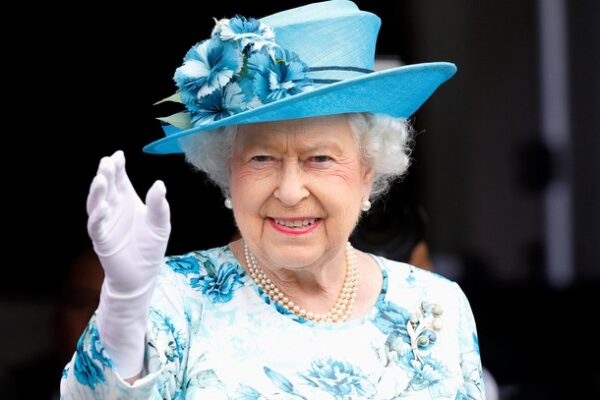According to tradition, upon presentation to The Queen the correct formal address is ‘Your Majesty’ and subsequently ‘Ma’am’.
We are all aware that there is certain etiquette to abide by when speaking to a member of the Royal Family, but how about speaking like a Royal?
The ‘Queen’s English’ or Received Pronunciation is not always associated with a particular location, although it is traditionally based on educated or formal speech in Southern England. It is still the accent that dictionaries will use to aid users with pronunciation.
Received Pronunciation is not used nearly as much these days as it may have been fifty years ago, however – before the Second World War, almost all television and radio broadcasters used this cut-glass accent.
Nowadays the media features a range of dialects and so Royal pronouncements and the Queen’s annual Christmas speech are always marked by their strict use of Received Pronunciation (in fact it’s rumoured that one particular British prince never says the word ’yes‘, but ’ears‘ instead).
Here are a few tips for improving your Queen’s English:
1. The essential tip: use long vowels.
Bath, grass, dance and can’t become long ‘ahh’ sounds as in father or palm, whereas in Northern dialects in particular, they can be pronounced with a short vowel such as the sounds we hear in cat, bat and sat.
2. Purse your lips, open your throat and drop your jaw.
The long ‘a’ sound of RP is pronounced by moving your jaw down rather than moving the edges of your mouth out sideways – much like the ‘ahh’ sound you might make when the dentist looks down your throat. Meanwhile RP ‘o’s are formed by making a pronounced ‘o’ shape with your lips
3. Fully articulate each and every consonant.
Non-RP English is more rushed than RP, for example with the word particularly. In non-RP English this may become ‘pehr-tic-uly’, whereas RP would have it as ‘par-tic-yoo-lahr-ly.’
4. Make space around your ‘r’s.
Most English speakers use the letter ‘r’ as a way of rolling onto the next word i.e. mother and daughter becomes ‘motherand daughter’. In RP we leave a space, so that the ‘a’ of and stands alone: ‘mother and daughter’.
5. ‘Y’ not ‘ee’.
If you are speaking non-RP English you may find yourself finishing the word finally with your mouth in something of a smile, whereas in RP you would pronounce it ‘final-eh’, closing your mouth at the end of the word. This is most noticeable with words that have an ‘r’ before the ‘y’, for example hurry, carry, marry, as the ‘r’ makes the final consonant particularly weak – ‘hurr-eh, carr-eh, marr-eh’.
6. Avoid modern conventions.
Much of modern-day English language is characterized by Americanisms, the dropping of ‘t’s and ‘h’s and the addition of the word ‘like’ to sentences. Not to mention slang. The Queen would never be seen to engage in any of this.
So, are you ready to address your people, or do you have any other tips to add to our list?



